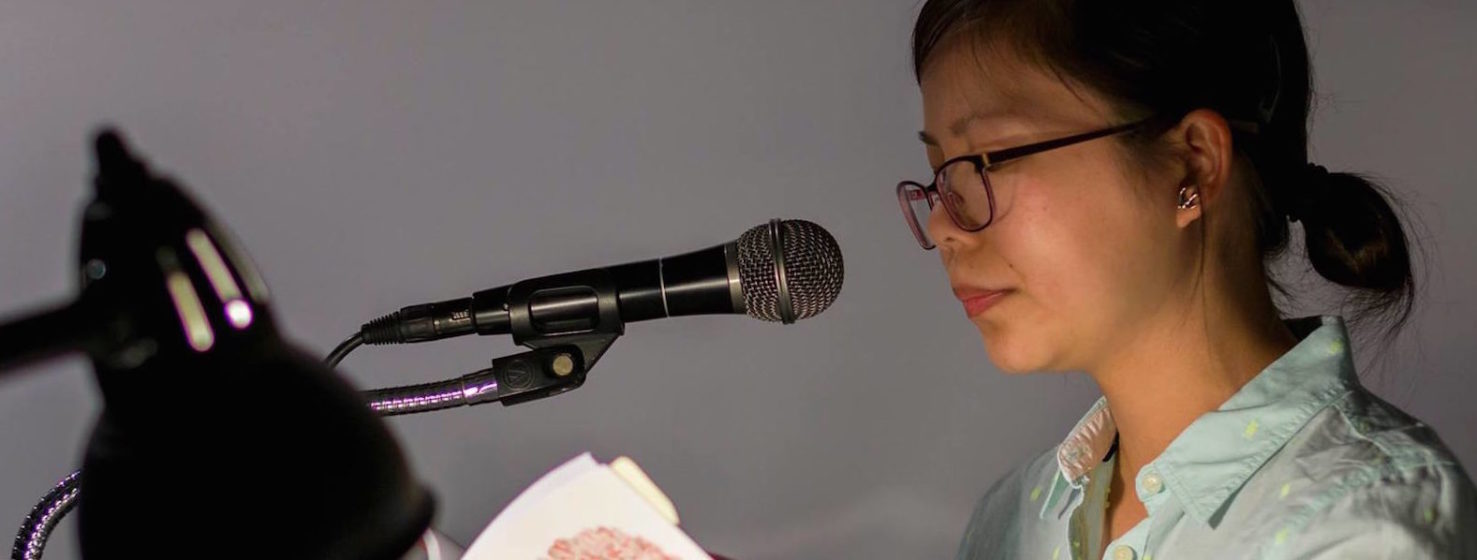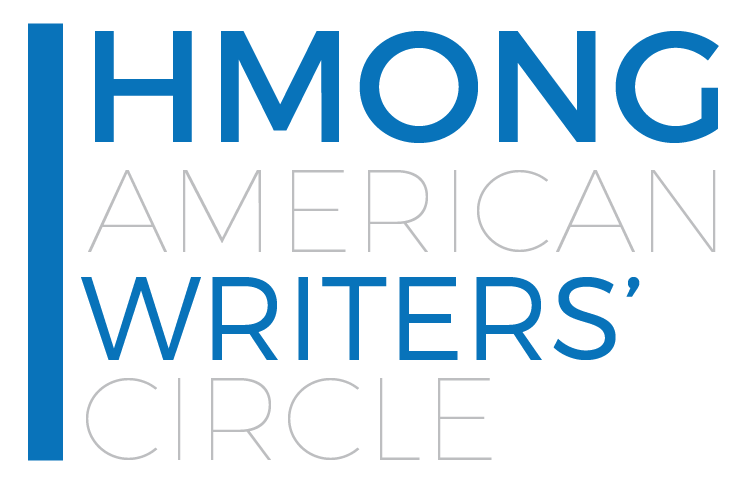
HMONG & WRITING
Finding our place in literature has been a challenge. Although creative expression within Hmong history and culture is evident in our oral stories, oral poetry, textile art and the playing of various bamboo instruments—what we would categorize as heritage art forms—one will quickly discover that, even in this category, there are no novels, plays, or collections of poems, essays or stories. In short, there is no account of Hmong life preserved in writing by a Hmong hand and passed down across the centuries.
Some say we had a written language believed to have been lost from forced assimilation under Imperial China thousands of years ago, that our women disguised the characters of that writing system as clothing embroidery (paj ntaub). But even the meanings of these symbols have become indecipherable today.
In the 1950s, a century after our migration out of China into the mountainous regions of Southeast Asia, several writing systems were developed for our dialect. But the concept of writing as an art form did not exist for us then as we still depended heavily—and artistically—on the spoken word.
From the late 70s to the early 90s, hundreds of thousands of Hmong who had been covertly recruited and trained by the CIA to repel Communist forces in Laos began resettling as refugees in the United States. It was with the adoption of the English language, to at first adapt and survive, that Hmong Americans are now witnessing the establishment of a literary tradition to represent and reclaim the histories and experience of Hmong and Hmong Americans.
